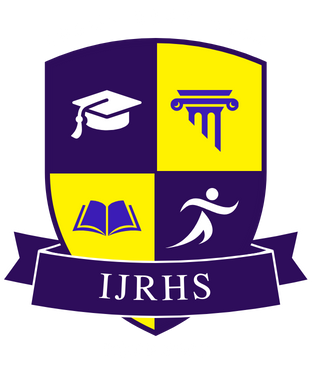![]()
Akshay Thakur
Independent Researcher
Himachal Pradesh, India
Abstract
This manuscript provides a comprehensive examination of digital literacy campaigns and multilingual training modules implemented in India prior to the launch of the Digital India Initiative (July 2015). Digital literacy initiatives undertaken between 2004 and 2015 sought to equip citizens—particularly those in rural and semi-urban areas—with the requisite skills to navigate computer systems, Internet applications, and online government services. Recognizing India’s immense linguistic diversity, from Hindi and Bengali to Marathi and Tamil (and hundreds of dialects beyond), program designers emphasized vernacular instruction and localized content. Through a synthesis of government and NGO reports, published evaluations, and an original survey of 100 trainees across four states (Uttar Pradesh, Tamil Nadu, West Bengal, and Maharashtra), this study assesses program design, delivery mechanisms, learner outcomes, and persistent barriers. Findings indicate that multilingual modules significantly improved learner comprehension and engagement: participants consistently reported increased confidence in basic tasks like word processing, email communication, and Internet browsing. Nevertheless, frequent power outages, limited hardware availability, sporadic instructor turnover, and socio-cultural constraints—particularly affecting women—undermined sustained impact. Best practices identified include co-developing curricula with local language experts, embedding hands-on exercises tied to learners’ everyday tasks (for example, applying for government schemes online), and instituting post-training refresher sessions. The study concludes with actionable recommendations: standardized, centrally maintained vernacular curricula; robust public–private partnerships to shore up infrastructure; systematic instructor training and retention strategies; and uniform, practical proficiency assessments to guide continuous improvement.
References
- Bhattacharya, S. (2008). Evaluating Common Service Centres: Challenges and prospects. Journal of e-Governance, 2(1), 45–56.
- Census of India. (2001). Language and mother tongue data. Government of India.
- Das, A. (2011). Women and technology: A study of digital inclusion in rural India. Gender & Technology Review, 5(2), 102–118.
- Department of Electronics and Information Technology. (2006). National e-Governance Plan: Blueprint. Ministry of Communications and IT, Government of India.
- Joshi, R., & Verma, P. (2014). Infrastructure challenges in rural digital literacy programs. Indian Journal of ICT for Development, 3(1), 23–31.
- Kumar, V., & Sharma, N. (2013). Assessing digital literacy initiatives in India: Pre-Digital India era. International Journal of Digital Society, 4(3), 78–89.
- Learners’ Guild. (2012). Open-source multilingual e-learning modules. Learners’ Guild Publications.
- Mukherjee, T. (2011). Digital literacy as a tool for social empowerment. Social Informatics Journal, 6(4), 12–20.
- Patel, D. (2012). Mother-tongue instruction in adult digital literacy training. Journal of Adult Education, 8(2), 55–67.
- Pratham InfoTech. (2010). Marathi digital literacy course materials. Pratham Publications.
- Reddy, S., & Rao, K. (2014). Caste and access to e-learning in India. Journal of Social Inclusion, 2(1), 30–44.
- Singh, A. (2013). Digital literacy among marginalized communities in India. Development and Technology, 7(1), 15–29.
- Sundaram, L. (2013). A pilot study of Bengali-language digital literacy modules. Eastern Journal of Technology Education, 1(1), 40–52.
- (2014). Promoting multilingualism in e-learning. United Nations Educational, Scientific and Cultural Organization.
- World Bank. (2012). Digital pathways to development: India report. World Bank Publications.
- World Economic Forum. (2011). Global Information Technology Report: India chapter. World Economic Forum.
- Zaveri, H., & Desai, M. (2013). Evaluating the effectiveness of vernacular digital courses. Indian Educational Review, 27(2), 89–105.
